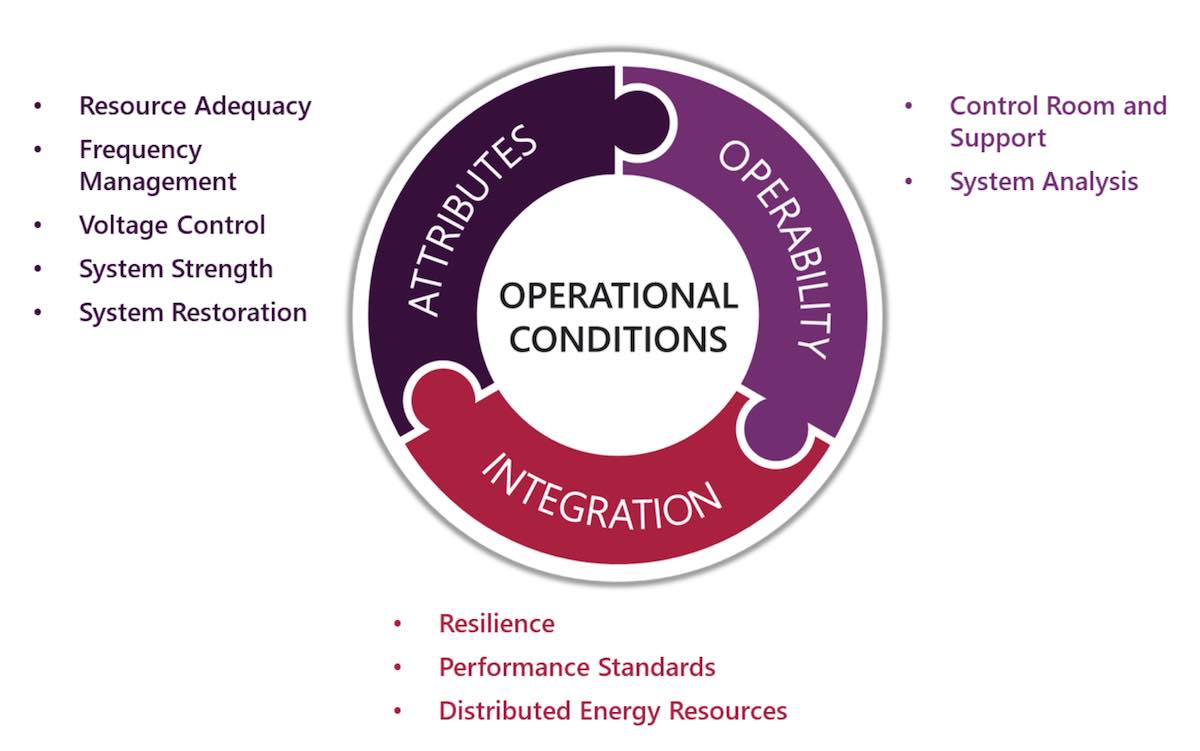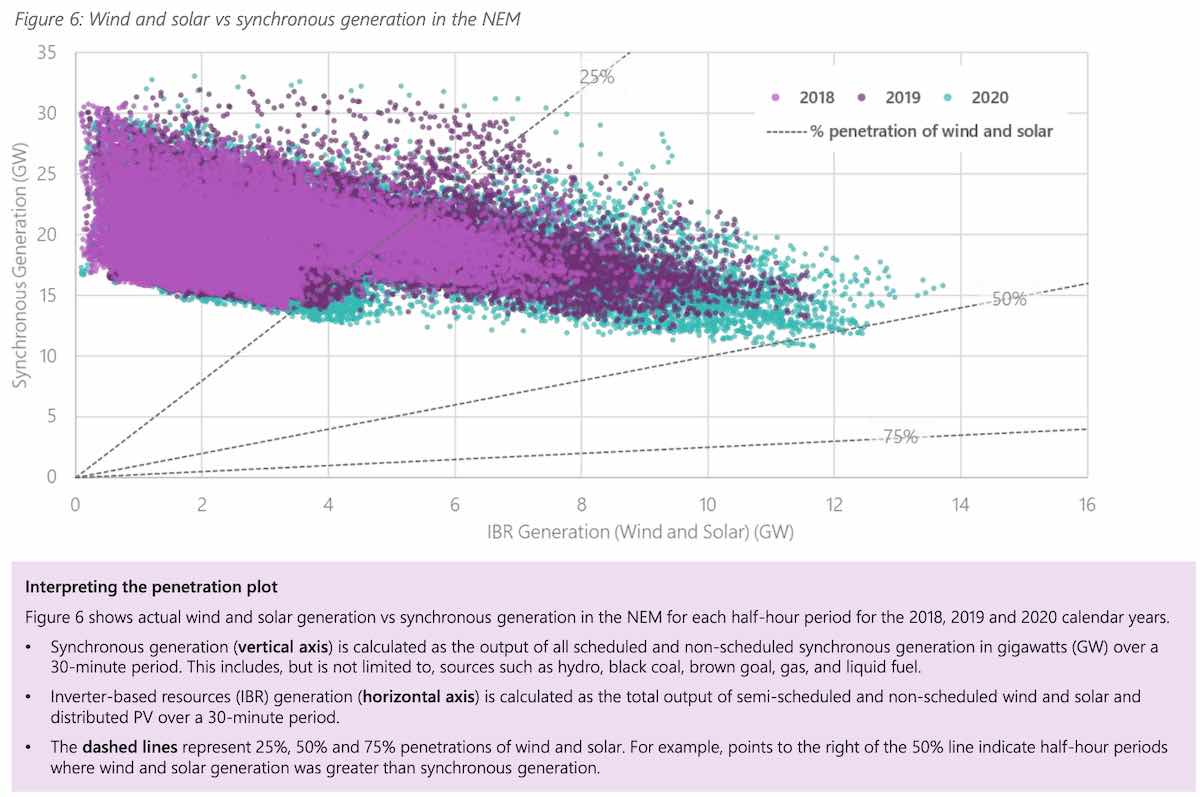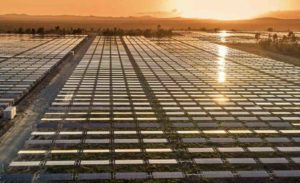The “incredibly fast” pace of Australia’s transition from a coal and gas plant based centralised energy system to one powered predominantly by distributed renewables has been laid bare in a new report from the Australian Energy Market Operator.
The AEMO has this week called for collaboration from all quarters of the nation’s energy industry as it navigates the massive and complex engineering challenge presented by the grid’s once-in-a-lifetime transition to distributed solar and wind.
The call comes with the release of the NEM Engineering Framework report, a 50-odd page document that the AEMO’s manager of future energy systems, Chris Davies, says aims to “chunk out” what future grid operations will look like and how they will best be managed.
The Framework does this, in part, by identifying 10 focus areas, each of these enormously technically complex on their own, including voltage control, system strength, distributed energy resources, system restoration and frequency balance.
“Together with industry, we’ll be working to identify possible future operational conditions for the NEM power system, understand current work underway to then collectively act to address the most urgent issues,” Davies said.
“Our March 2021 report is about setting a baseline for the Framework, so we can understand all the moving parts across industry and work out how they fit together, including future priorities for AEMO.”
And while the overall picture can appear daunting, Davies stresses that it’s also quite thrilling, as Australia navigates one of the world’s fastest and most bleeding-edge shifts to zero emissions grid.
“What the document lays out is just how incredibly fast change is coming, which is on one hand daunting, but also it is very exciting and we’re very quickly entering into a space that no country has gone into,” Davies told RenewEconomy on Thursday.
“So I think for Australia that is a really exciting thing, it’s a chance here to be really world leading. …And the really exciting thing here is, I think we have found a way to deconstruct that and make that accessible and less overwhelming, so you can you can chunk it out and you can really think through, okay, how do we actually plan for this?”
By “this,” Davies is talking about the neck-breaking speed at which a once coal and centralised power station-based electricity network has incorporated a 38% contribution of wind and solar (including rooftop PV) at any one point in 2018, and then a 52% contribution in 2020.
Meanwhile, minimum synchronous generation at a single point in time has decreased from 13.7 gigawatts (GW) in 2018 to 10.8 GW in 2020 across the NEM.
“The NEM is rapidly moving towards operating for hours at a time with a completely different mix of generation sources, which will be unique for any large power system in the world,” Davies said.
“Working together as an industry we can plan our way through these changes to provide a sustainable energy system that delivers affordable, safe and reliable energy for all Australians,” he said.
The key message from here, says Davies, is that teamwork will be key, as all of the different components of the new distributed renewable system are pieced together into one functioning National Electricity Market.
“It’s more than any one organisation and industry, I think that’s the really big takeaway here, is that this needs to be a collaborative effort,” he told RE.
“And that’s what we’ve heard talking to industry and stakeholders; everyone wants to be part of it and everyone needs to be part of it.
“This [Framework] is the vehicle to help us all have a common view of what’s changing and what do we need to do to get ready for that change so that we can get ahead of things, get proactive, minimise sort of last minute interventions and ultimately increase the efficiency and the outcomes of consumers get as the system changes.”
The other key message, Davies says, is that time is of the essence. Because change is happening, whether we’re ready or not.
“The speed of change and the size of our power system means we’re seeing these trends emerging really fast,” he told RE.
On the plus side, Davies says, Australia appears to have the foresight to see what’s coming, an industry that’s got a strong desire to work together, and some of “the best brains in the world,” in power systems and engineering.
“There are a number of areas where Australia is at the forefront, as well, including trials of big batteries, grid forming inverters, trials of VPPs, those are very much world leading,” he said.
“This should be looked upon as a growth opportunity. This is the place where you want to be, right now, if you have any interest in the future of low-carbon energy systems.”
In the meantime, AEMO wants to hear from stakeholders about how they would like to be involved and is holding an open industry discussion in April, with targeted stakeholder discussions through May and June to help identify operational conditions and early priorities.









